Impact of LED city lights on astrophotography
LED lights are replacing sodium laps in urban lighting. When done properly it can lead to some major power savings but it doesn't come without disadvantages. Lets take a look at how it could impact astronomy.
LED vs sodium lamps
In many countries the most common type of bulb used for illumination was and often still is a high pressure sodium lamp with it characteristic yellow light. Sometimes low pressure sodium lamps would be used as well. Both type of bulbs emit light in specific bands thus how light pollution filters were made possible:
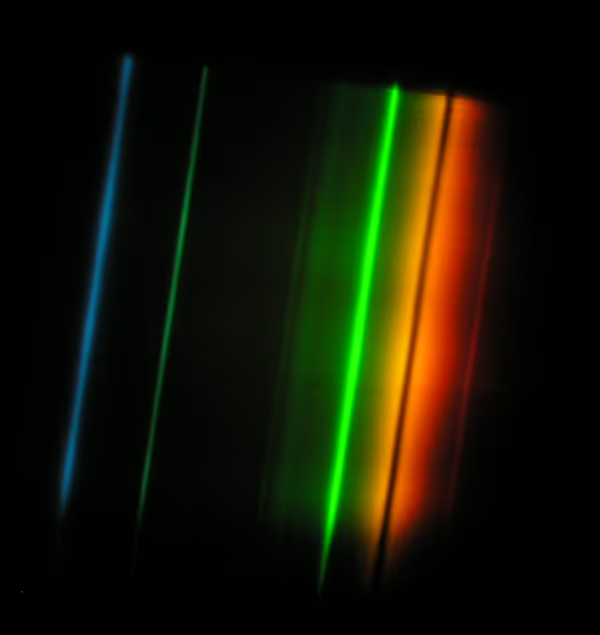
If the bulb emission bands do not overlap nebula emission lines then a narrowband filter will cut pretty much all of the light pollution. Broader light pollution filters cut the most intense bandpass which helps a lot but can still leave some pollution while also altering colors when trying to use a color camera.
LEDs have a continuous spectrum with peaks in blue and red as showcased on addloes website - one of companies in the lighting business. Such continuous spectrum means you can't really make a light pollution filter and even narrowband filters will be affected to some extent.
For street lights it's recommended to use LEDs with limited blue light emission which isn't good for our health but at the same time while light is more desired in such city installations (while blue-limited light would be warm yellow in color).
Simply replacing old bulbs with LED bulbs usually isn't the most optimal solution and requires a redesign of the city installations - while to save money it's not always done. This is mainly to provide proper illumination of the whole desired area.
Another issue is limiting the light going up - if the lighting pole has no top cover it will illuminate the sky directly vastly increasing the severity of light pollution. Sometimes for artistic
reasons such designs are used.
Street LED versus filters
I used a simple hand-held prism spectroscope with a slit, a RedCat 51 and Point Grey Chameleon camera equipped with a C-CS lens to do some simple spectra images when the telescope was aimed at one of local while light lighting poles:
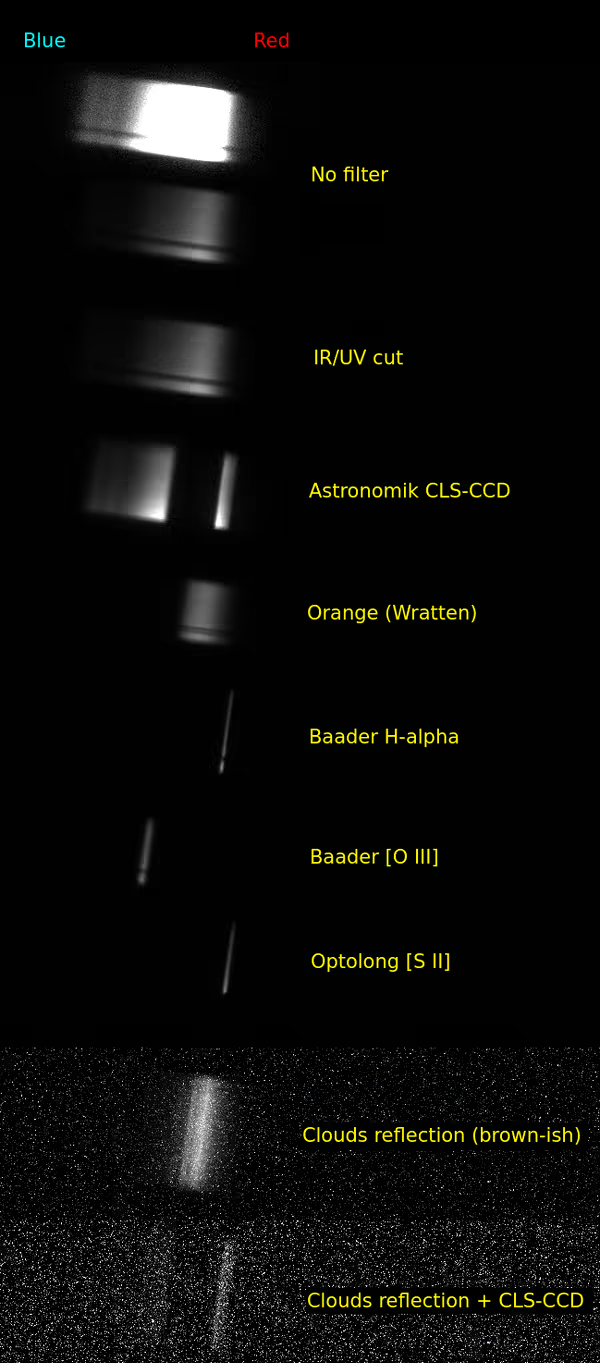
As you can see LED will glow in bandpasses of narrowband filters. This can impact faint nebulae imaging, similar to moonglow.
In my city there is still a lot of HPS lighting and only some areas are re-fashioned with LEDs. Usually during cloudy nights (with optional snow cover) the clouds can have a brown-ish hue from HPS light pollution. Yet white-alike hue is starting to show up as well:
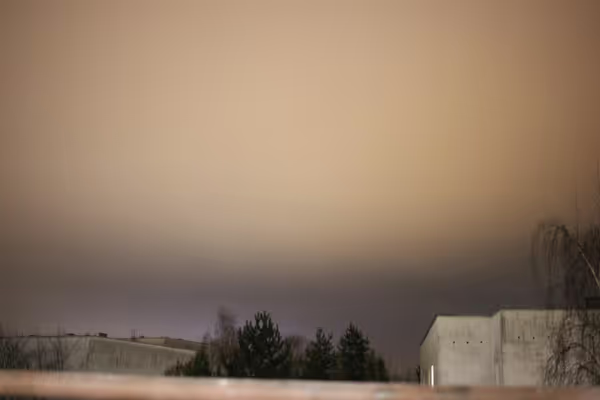
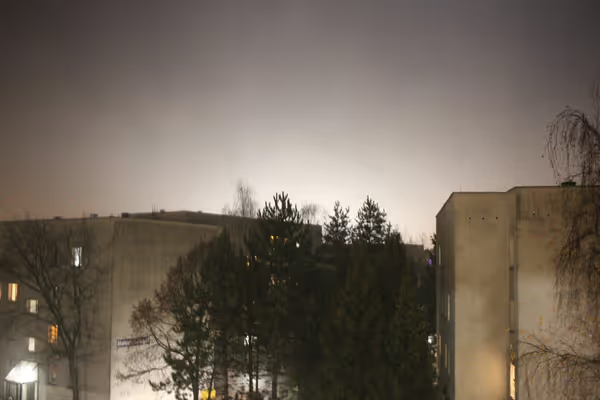
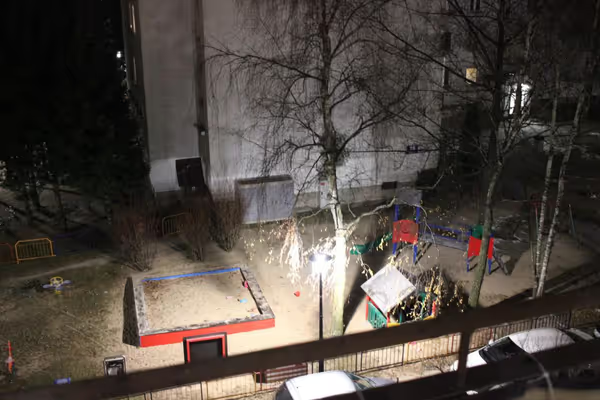
Increasing the amount of illuminated areas while transitioning to LEDs could severely impact astrophotography (and health). Smart lighting systems are needed and the designs should try to limit side and top light leakage as it will just amplify light pollution. Aggressive lighting changes could limit even narrowband imaging.
Comment article